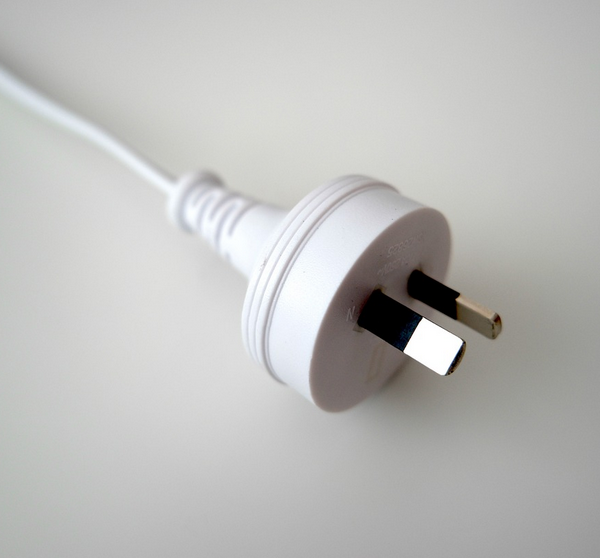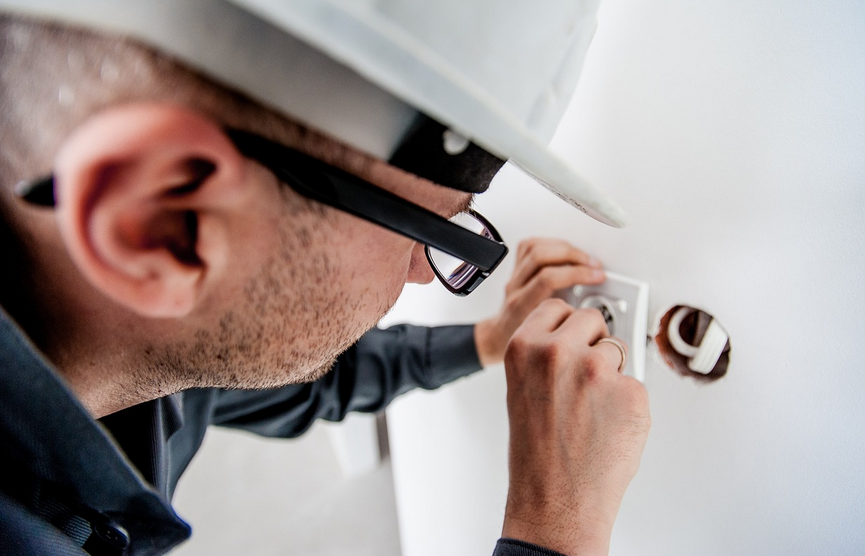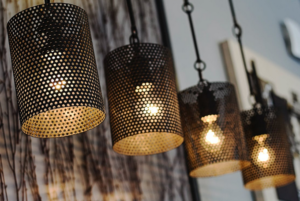Tips When Planning the Electrical Layout of Your Home

Planning the electrical layout of your home may not be the most exciting part of designing a new space, but it’s certainly one of the most important. A poorly planned electrical system can lead to frustrating power outages and even dangerous situations. So, before you start picking out light fixtures and outlets, take some time to think about how you want your electrical system to function. Here, we’ll share some useful tips to help you plan your home’s electrical layout like a pro.
Consider Hiring an Electrician

When planning your home’s electrical layout, hiring an electrician is one of your best decisions. While it may be tempting to tackle the job yourself, working with electricity can be dangerous if you don’t know what you’re doing. A licensed electrician has the training and experience to ensure your wiring is installed safely and up to code. An experienced electrician can also help you determine how many outlets and switches you’ll need in each room based on your specific needs. They’ll consider factors such as the size of the room, how many appliances or electronics will be used in each space, and where the furniture will be placed. If you are also planning to purchase certain electric tools like fiber continuity tester, they will help you find the right one.
Consider Lighting Types and Choices
 When planning the electrical layout of your home, it’s important to think about lighting types and choices. Lighting can greatly impact the overall look and feel of a room, so it pays to consider what kind of lighting will work best for each space. Firstly, consider the function of each room. A bright overhead light may be perfect for a kitchen or study area where you need good visibility, but in a bedroom or living room, you might want softer, more ambient lighting options like lamps or dimmer switches. Secondly, take into account natural light sources. If your home has plenty of windows that let in lots of natural light during the day, you may not need as many artificial lights in those rooms.
When planning the electrical layout of your home, it’s important to think about lighting types and choices. Lighting can greatly impact the overall look and feel of a room, so it pays to consider what kind of lighting will work best for each space. Firstly, consider the function of each room. A bright overhead light may be perfect for a kitchen or study area where you need good visibility, but in a bedroom or living room, you might want softer, more ambient lighting options like lamps or dimmer switches. Secondly, take into account natural light sources. If your home has plenty of windows that let in lots of natural light during the day, you may not need as many artificial lights in those rooms.
Identify Power Points in Certain Areas
 When planning the electrical layout of your home, it’s essential to identify if there are enough power points in certain areas. This may seem minor, but it can make a big difference in how functional and convenient your living space is. Consider which rooms you will frequently use appliances or electronics, such as the kitchen, living room, and bedrooms. These areas should have multiple power outlets for maximum convenience. Additionally, think about where large items such as televisions or entertainment centers will be placed so that they can easily access power sources without having cords running across the floor, creating tripping hazards. It’s also important not to forget about outdoor spaces such as patios or decks when planning for power outlets. Having an outdoor outlet available makes it easy to host events or enjoy time outside with family and friends without worrying about extension cords or finding ways to plug in devices.
When planning the electrical layout of your home, it’s essential to identify if there are enough power points in certain areas. This may seem minor, but it can make a big difference in how functional and convenient your living space is. Consider which rooms you will frequently use appliances or electronics, such as the kitchen, living room, and bedrooms. These areas should have multiple power outlets for maximum convenience. Additionally, think about where large items such as televisions or entertainment centers will be placed so that they can easily access power sources without having cords running across the floor, creating tripping hazards. It’s also important not to forget about outdoor spaces such as patios or decks when planning for power outlets. Having an outdoor outlet available makes it easy to host events or enjoy time outside with family and friends without worrying about extension cords or finding ways to plug in devices.
Planning the electrical layout of your home is a crucial aspect that should not be overlooked. It requires careful consideration to ensure that the layout meets your needs and preferences while adhering to safety standards. By hiring an electrician, you can get expert advice on planning your electrical wiring. You can also avoid costly mistakes from DIY projects or inexperienced contractors. When choosing lighting types and power points in certain areas of your house, always factor in functionality and aesthetics. Whether you prefer ambient lighting or task lighting, make sure it suits the intended purpose of each room. Do you have any tips that you want to add? Let us know in the comments.…


